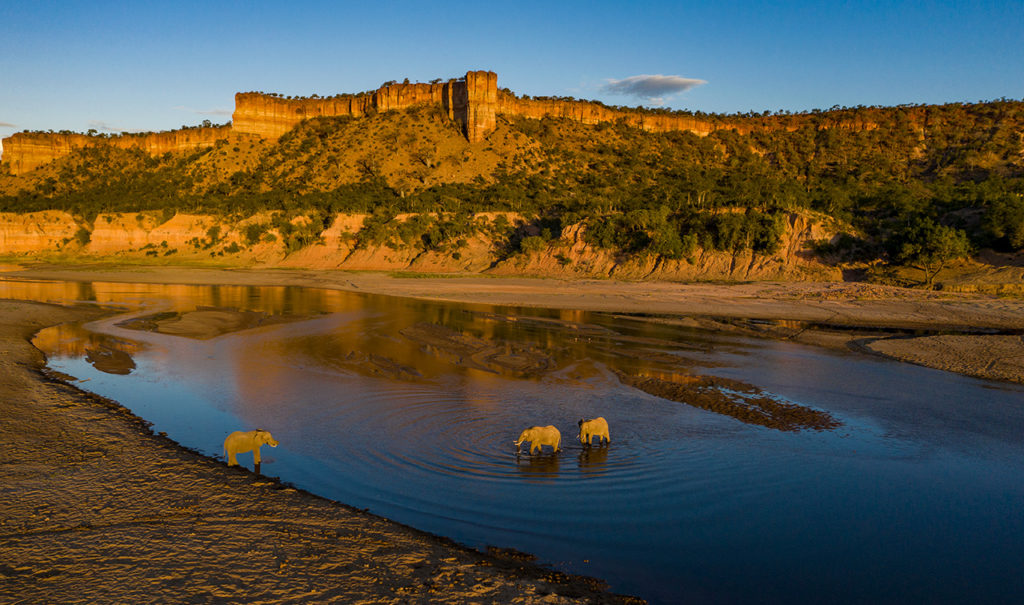CLIMATE & SEASON
Often, a concern about the weather underlies the question: the best time to go? to an intended destination so that travellers make informed planning. However, the answers often vary as it will depend on either one’s interest, exactly where you want to be and reason for travelling. So below is a broad guide to feed you with the necessary climate information of Botswana, Namibia, Zambia and Zimbabwe. Please remember that this comes from already listed records as well as our experiences. Weather patterns across Africa are becoming increasingly unpredictable, probably due to global warming. Nevertheless, we tried to get and provide you with some of the most recent information for the four Monkey Trails destination
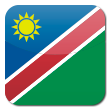
Namibia
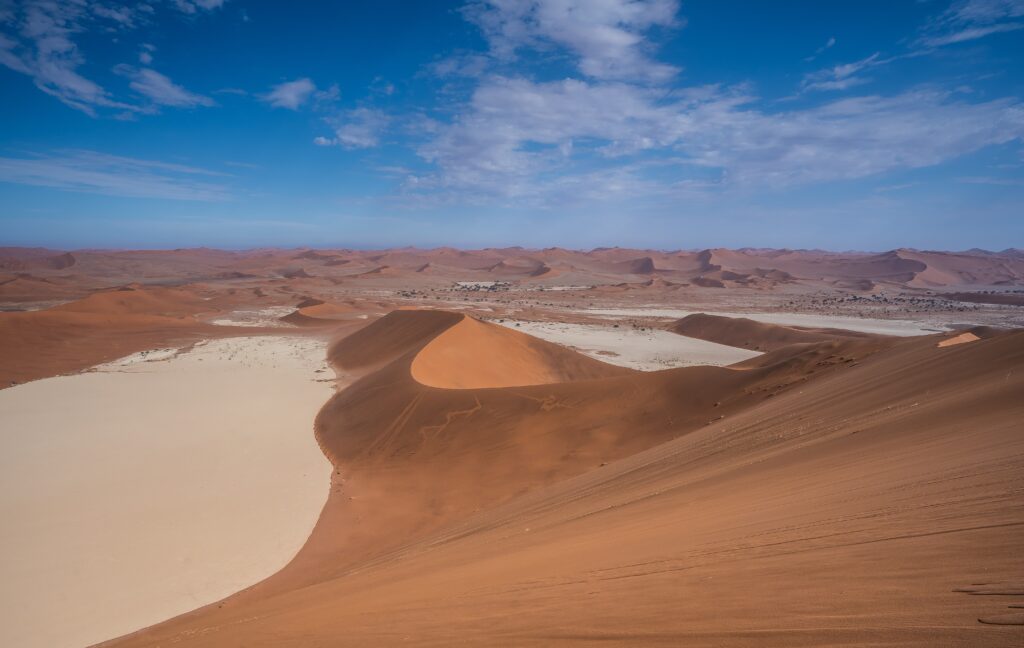
The country’s climate reflects it. Just as Namibia is filled with contrasting geography, the equivalent climate differences do apply depending on where you are located. The country is partially covered by the Namib Desert which is one of the world’s driest deserts located West of Namibia. The fact that the climate of Namibia is generally dry makes it a pleasant destination for travellers. The cold Benguela current keeps the coast cool, damp and rain free for most of the year. All the rain falls in summer (November-April). January and February are hot months where daytime temperatures may exceed 40°C while nights are generally cold. on the other hand, winter nights are quite cold while days are usually warm and nice.
Similarly to the weather pattern of Namibia, perhaps with slightly higher rainfall Botswana’s climatic pattern is typical of southern Africa, although its rainfall is less than countries further east. The rains in Botswana come mostly between December and March, when average minimum temperatures are in the low 20°C. Some days will be bright and sunny, some will have afternoon thunderstorms, and some will just be grey.

Botswana
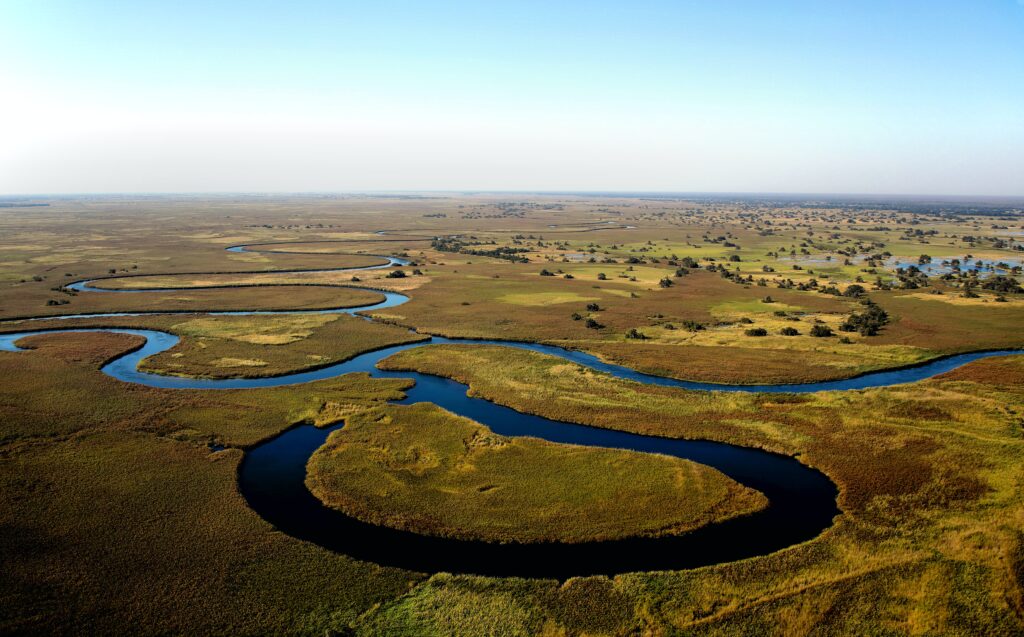

Zambia
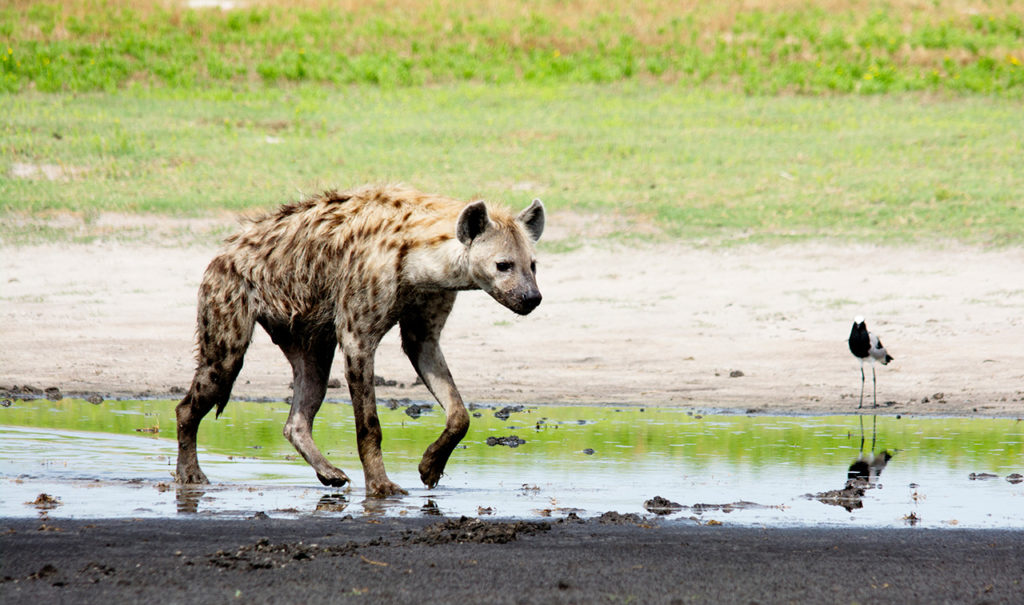
The rains in Zambia come mostly in December, January, February and March though the further North you are, the earlier the rains arrive and the later they leave. Eastern areas and higher areas generally receive more rain than western and lowland areas. By April and May most of the rain has faded away. Night-time temperatures start to drop, especially in higher and more southerly locations. In June, July and August the nights have become much cooler, but the days are clear and warm. In September and October, the temperatures rise. November is variable.
In Zimbabwe, the rains come principally between December and March. The further north you are, the earlier the precipitation arrives the later it leaves. Zimbabwe’s higher eastern areas usually receive more rainfall than the lower-lying western ones. By April and May most of the rain is gone, leaving a verdant setting, which is starting to dry out. Especially in more southerly and higher locations, the night-time temperatures start to drop. The nights in June, July and August become much cooler.
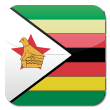
Zimbabwe
